Home>Garden Essentials>What Can I Use In Place Of Mustard Seed
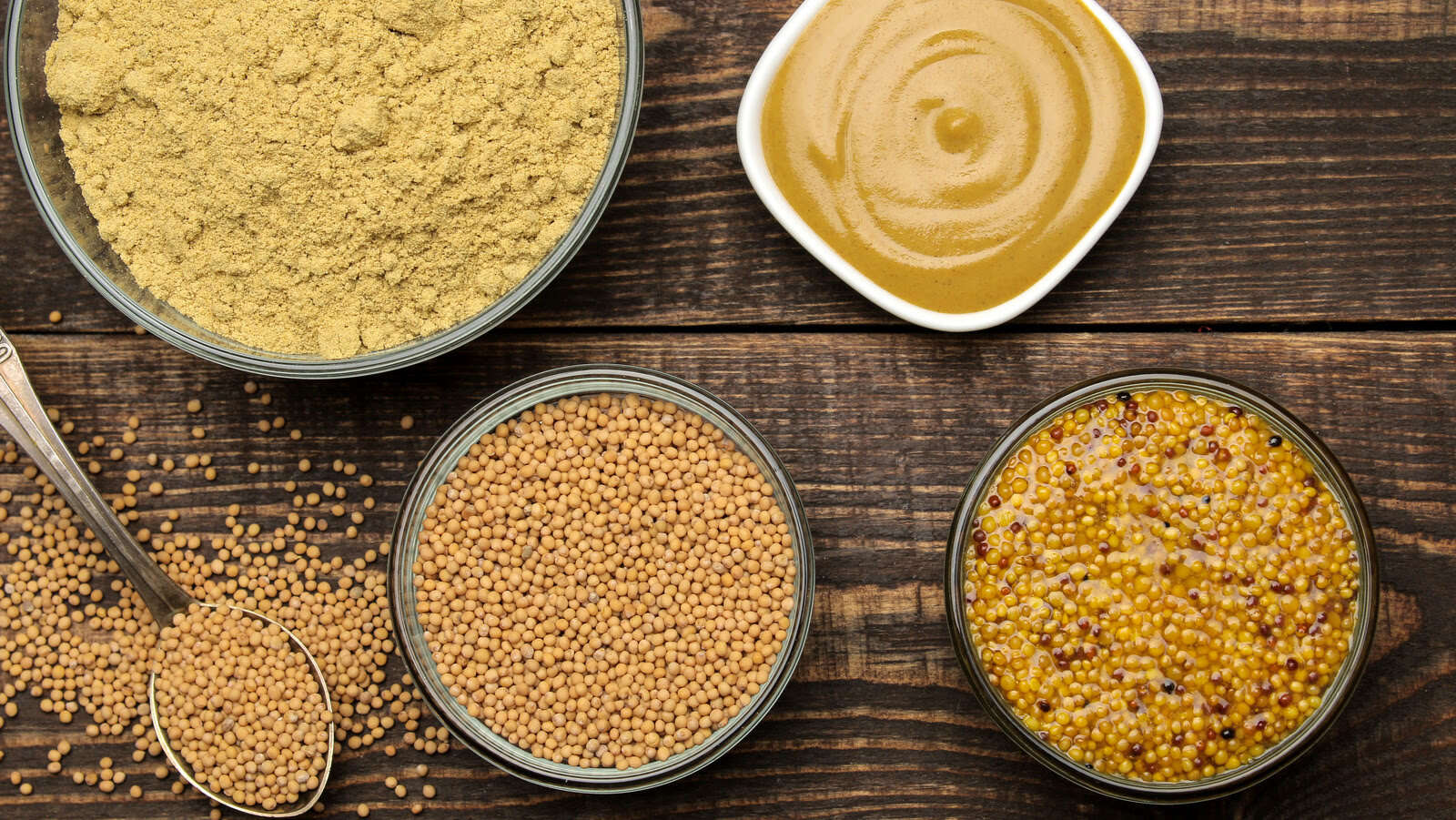

Garden Essentials
What Can I Use In Place Of Mustard Seed
Modified: March 25, 2024
Looking for alternatives to mustard seed in your garden? Discover suitable substitutes for mustard seed and keep your garden thriving.
(Many of the links in this article redirect to a specific reviewed product. Your purchase of these products through affiliate links helps to generate commission for Storables.com, at no extra cost. Learn more)
Introduction
Mustard seeds are a staple ingredient in many dishes, prized for their unique flavor and versatility. However, there may be times when you find yourself in need of an alternative to mustard seeds. Whether you have run out of mustard seeds or simply want to try something different, there are plenty of options to choose from.
In this article, we will explore various ingredients that can be used as substitutes for mustard seeds. From mustard powder to horseradish, each option brings its own distinct flavor profile and can be used in a variety of culinary creations. So, let’s dive in and discover what you can use in place of mustard seeds!
Key Takeaways:
- Mustard seed substitutes like mustard powder, yellow mustard seeds, and Dijon mustard offer tangy flavors and can be used in equal amounts in recipes. Experiment with these alternatives to add a punch of mustardy flavor to your dishes.
- For a fiery kick, consider using horseradish or wasabi as substitutes for mustard seeds. These alternatives provide intense heat and unique flavors, adding a bold and exciting element to your culinary creations.
Read more: What Is Mustard Seed Used For
Alternative Ingredients for Mustard Seed
When it comes to finding a suitable replacement for mustard seeds, there are several options available. Here are some alternative ingredients that can serve as a substitute for mustard seeds:
- Mustard Powder: One of the most obvious alternatives is mustard powder. Made from ground mustard seeds, it provides the same pungent and tangy flavor as its whole seed counterpart. To substitute for mustard seeds, use an equal amount of mustard powder.
- Yellow Mustard Seeds: Yellow mustard seeds can be a good alternative if you have run out of brown mustard seeds. While they have a milder flavor, they still offer a tangy kick. Use them in the same quantity as the recipe calls for mustard seeds.
- Brown Mustard Seeds: These are slightly spicier than yellow mustard seeds and are commonly used in Indian and Asian cuisines. If your recipe specifically calls for brown mustard seeds, they can be replaced with an equal amount of yellow mustard seeds.
- Dijon Mustard: Dijon mustard is a smooth and creamy condiment made from mustard seeds. It has a complex flavor with a hint of spiciness. Since it is already in a paste form, you can simply substitute Dijon mustard for mustard seeds in a 1:1 ratio.
- Horseradish: If you’re looking for a substitute that adds a fiery kick, horseradish is a great choice. It has a similar heat and pungency as mustard seeds. Use it sparingly, as it can be quite strong.
- Wasabi: Another spicy alternative to mustard seeds is wasabi. Though most commonly associated with sushi, wasabi can add a punch of heat and flavor to various dishes. Just like horseradish, use it sparingly as it can be overpowering.
- Turmeric: While turmeric doesn’t have the same pungency as mustard seeds, it can contribute a vibrant yellow color to your dishes. It also has a mild earthy flavor that can be a subtle substitute in recipes that don’t heavily rely on the distinctive taste of mustard seeds.
- Ginger: Ginger can add a hint of spiciness and a refreshing aroma to your dishes, making it a worthy alternative to mustard seeds. Grated or minced ginger can be used in the same quantity as mustard seeds in recipes.
- Cumin Seeds: Cumin seeds have a unique warm and earthy flavor that can enhance the taste of your dishes. While they don’t have the same tanginess as mustard seeds, they can provide a similar depth of flavor. Use cumin seeds in equal quantities as mustard seeds in your recipes.
- Fenugreek Seeds: Fenugreek seeds have a slightly bitter taste, similar to mustard seeds, and are often used in Indian cuisine. They can be an excellent alternative if you’re looking to add a touch of bitterness to your dish. Use them in the same quantity as mustard seeds.
Remember, while these alternatives can offer a similar flavor and aroma to mustard seeds, they may not replicate the exact taste. It’s always a good idea to adjust the quantities and experiment in order to achieve the desired flavor profile in your dishes.
Mustard Powder
Mustard powder is derived from ground mustard seeds and is a popular alternative when you don’t have whole mustard seeds on hand. It carries the same distinctive flavor and aroma as mustard seeds but in a more concentrated form.
To use mustard powder as a substitute for mustard seeds, simply replace the quantity of mustard seeds called for in the recipe with an equal amount of mustard powder.
One advantage of mustard powder is that it easily dissolves in liquid, making it ideal for incorporating into dressings, marinades, and sauces. It provides a tangy and slightly spicy kick, elevating the overall flavor of your dish.
Mustard powder is commonly used in a variety of recipes, from salad dressings and mayonnaise to barbecue sauces and meat rubs. It can also be used as a dry rub for meats or sprinkled over roasted vegetables for an added zing.
When using mustard powder, keep in mind that it is more potent than whole mustard seeds. If you prefer a milder flavor, consider reducing the amount of mustard powder slightly. You can always add more if needed.
Additionally, mustard powder can lose its potency over time, so make sure to store it in an airtight container in a cool, dark place to maintain its flavor. This will ensure that you have a flavorful and reliable substitute for mustard seeds whenever needed.
Experiment with mustard powder in your favorite recipes, adjusting the quantity to suit your taste preferences. It can be a convenient and versatile alternative that adds a punch of mustardy flavor to your dishes without the need for whole seeds.
Yellow Mustard Seeds
Yellow mustard seeds are a common alternative to mustard seeds when you don’t have the specific type of mustard seeds called for in a recipe, such as brown or black mustard seeds. Although they have a slightly milder flavor, they still offer the distinctive tanginess that mustard seeds are known for.
When using yellow mustard seeds as a substitute, you can simply replace the quantity of mustard seeds required in the recipe with an equal amount of yellow mustard seeds.
Yellow mustard seeds are often used in pickling, as well as in Indian, Mediterranean, and American cuisines. They have a mild heat and a slightly nutty flavor, making them versatile in a range of dishes.
To enhance the flavor of yellow mustard seeds, you can toast them in a dry skillet over medium heat until they become fragrant. This will release their oils and intensify their flavor. However, keep in mind that toasting the seeds may alter the texture of your dish, so decide if the extra step is necessary depending on the recipe.
You can use yellow mustard seeds in various recipes, including salad dressings, spreads, marinades, and spice blends. They can also be used in curries, stews, and even baked goods for an added zing.
Yellow mustard seeds can be readily found in most grocery stores or online. Store them in an airtight container in a cool, dark place to maintain their freshness and flavor for a longer period.
Remember that since yellow mustard seeds have a milder flavor than some other varieties, you may need to adjust the quantity or incorporate additional seasonings to achieve the desired level of taste in your dish.
Next time you find yourself without mustard seeds, reach for yellow mustard seeds as a readily available and flavorful substitute that will still deliver that characteristic mustardy essence.
Brown Mustard Seeds
Brown mustard seeds are a spicier alternative to mustard seeds, known for their stronger flavor and aromatic qualities. They are widely used in Indian and Asian cuisines, particularly in curry pastes, pickles, and chutneys.
If a recipe specifically calls for brown mustard seeds, but you don’t have them on hand, you can substitute them with an equal quantity of yellow mustard seeds. While yellow mustard seeds have a milder flavor, they can still provide a similar tanginess to your dish.
Brown mustard seeds have a slightly earthy and nuttier taste compared to yellow mustard seeds. They also impart a stronger heat, which may add an additional kick to your recipe. However, keep in mind that using yellow mustard seeds as a replacement will result in a milder flavor profile.
When using brown mustard seeds, it is common to temper or toast them before adding them to your dish. This process involves briefly frying the seeds in oil, which releases their aromatic compounds and intensifies their flavor. Toasting the seeds will also lend a nuttier taste to your dish.
Brown mustard seeds are incredibly versatile and can be used in a variety of dishes to add depth and heat. From curries and stir-fries to sauces and spice blends, they can enhance the flavor and complexity of your recipes.
Make sure to store brown mustard seeds in an airtight container in a cool, dry place to preserve their freshness and flavor. This will ensure that you have a readily available substitute whenever you need that spicy kick in your cooking.
Consider experimenting with different mustard seed varieties to discover unique flavors and determine your preference. Whether you choose brown, yellow, or another type of mustard seed substitute, you can still enjoy the distinctive taste and aroma that mustard seeds bring to your dishes.
Read more: Where Can I Find Mustard Seeds
Dijon Mustard
Dijon mustard is a popular condiment that can serve as an excellent substitute for mustard seeds in various recipes. It offers a smooth and creamy texture, along with a complex flavor profile that combines tanginess, spiciness, and a hint of sweetness.
One advantage of using Dijon mustard as a substitute is that it is already in a paste form, eliminating the need for grinding or crushing mustard seeds. Simply substitute Dijon mustard in a 1:1 ratio for the quantity of mustard seeds called for in the recipe.
Dijon mustard is made from brown or black mustard seeds, white wine or wine vinegar, water, and various other spices and seasonings. Its distinct and robust flavor can add depth and richness to your dishes.
One of the benefits of using Dijon mustard as a substitute is its versatility. It can be used in salad dressings, marinades, sauces, and sandwiches. It pairs especially well with meats, poultry, and seafood, providing a tangy and savory element to your recipes.
When using Dijon mustard, it is important to note that it does contain vinegar and other spices. Adjust the quantity of additional vinegar or seasonings in the recipe accordingly to avoid overpowering the dish with the tanginess of the mustard.
Dijon mustard can be readily found in most grocery stores and is commonly available in both whole-grain and smooth varieties. Choose the type that best suits your needs and preferences, depending on the texture and intensity of mustard flavor you desire.
Store Dijon mustard in the fridge after opening to maintain its freshness and quality. This will ensure that you always have a reliable and flavorful substitute for mustard seeds on hand.
Next time you find yourself without mustard seeds, reach for Dijon mustard to add a smooth and tangy element to your dishes. Its complex flavor profile will elevate your recipes and provide a delicious alternative to mustard seeds.
Horseradish
If you’re looking for a substitute for mustard seeds that adds a fiery kick and pungent flavor to your dishes, horseradish is an excellent choice. Known for its distinct heat and unique sharpness, horseradish can offer a similar intensity to mustard seeds.
To use horseradish as a substitute, start by replacing the quantity of mustard seeds called for in the recipe with an equal amount of grated or prepared horseradish.
Horseradish is often used as a condiment or as an ingredient in various sauces, dressings, and dips. It pairs particularly well with roast beef, fish, and seafood dishes. Its bold flavor can provide a tangy and spicy contrast, adding complexity to your recipe.
When using horseradish as a substitute, be mindful of its potency. It has a strong flavor that can overpower other ingredients if used in excess. Start with a smaller amount and gradually adjust to taste, keeping in mind that horseradish can be quite intense.
There are two main forms of horseradish available – fresh horseradish root and prepared horseradish. Fresh horseradish root can be grated to create a paste-like consistency, while prepared horseradish is commercially available and already prepared for use.
Both forms can be used as a substitute for mustard seeds, with prepared horseradish being more convenient for immediate use. However, if you have access to fresh horseradish root, grating it yourself will result in a stronger and more vibrant flavor.
When storing fresh horseradish root, wrap it tightly in plastic wrap and keep it in the refrigerator for up to three weeks. Prepared horseradish can be stored in the refrigerator for several months, ensuring you always have a substitute for mustard seeds at hand.
Horseradish may not replicate the exact flavor profile of mustard seeds, but its intense heat and sharpness make it a compelling alternative. Use it to add a bold and fiery element to your recipes, transforming them with its distinct flavor.
You can use ground mustard or mustard powder as a substitute for mustard seeds. The flavor will be similar, but the texture will be different.
Wasabi
If you want to add a fiery and piquant flavor to your dishes as a substitute for mustard seeds, look no further than wasabi. Known for its intense heat and distinct flavor, wasabi can provide a similar punch to recipes that call for mustard seeds.
When using wasabi as a substitute, replace the quantity of mustard seeds in the recipe with an equal amount of wasabi paste or powder. Keep in mind that wasabi has a strong and pungent taste, so you may want to start with a smaller amount and adjust to your desired level of spiciness.
Often associated with Japanese cuisine, wasabi is typically served with sushi and sashimi. It offers a unique combination of spiciness and herbal flavors, creating a vibrant and refreshing sensation in the mouth.
It’s important to note that real wasabi comes from the Wasabia japonica plant and can be quite expensive and hard to find. Many commercially available wasabi products are made from horseradish and mustard powder, so it’s important to read the product labels if you are looking for authentic wasabi.
Wasabi paste or powder is typically mixed with water to create a paste-like consistency before use. This paste can be used as a condiment or as an ingredient in dressings, sauces, or dips to give your recipes a zesty, spicy kick.
Be cautious when using wasabi, as its heat can be quite intense. Start with a small amount, and gradually adjust to your preferred level of spiciness.
To store wasabi paste or powder, keep it in the refrigerator in an airtight container. This will help maintain its freshness and potency, ensuring you always have a substitute for mustard seeds when needed.
While wasabi may not provide the exact flavor profile of mustard seeds, its fiery heat and distinctive taste make it a compelling alternative. Use it to add a bold and exciting element to your dishes and experience the unique flavors of this Japanese condiment.
Turmeric
When it comes to finding a substitute for mustard seeds that can add both color and flavor to your dishes, turmeric is an excellent choice. Known for its vibrant yellow hue and earthy flavor, turmeric can be used as a worthy alternative in recipes that don’t heavily rely on the distinctive taste of mustard seeds.
To use turmeric as a substitute, you can replace the quantity of mustard seeds called for in the recipe with an equal amount of turmeric powder.
Turmeric is a key ingredient in many cuisines, particularly in Indian and Southeast Asian dishes. It offers a warm and slightly bitter flavor, along with a rich yellow color that can brighten up any dish.
While turmeric cannot replicate the pungency or texture of mustard seeds, it can provide a unique flavor profile when used judiciously. Its earthy and slightly spicy taste can complement a variety of ingredients, making it suitable for curries, rice dishes, soups, and stews.
In addition to its culinary uses, turmeric is renowned for its potential health benefits. It contains curcumin, a compound known for its antioxidant and anti-inflammatory properties.
When using turmeric as a substitute, keep in mind that it has a strong color and can stain surfaces, including clothes and countertops. Take care to avoid spills and clean surfaces immediately to prevent any lasting discoloration.
Store turmeric powder in a cool, dark place to maintain its color and flavor. It’s worth noting that turmeric can lose its potency over time, so it’s best to use it within a reasonable timeframe.
Experiment with turmeric in your favorite recipes, adjusting the quantity according to your taste preferences. While it may not replicate the exact flavor of mustard seeds, turmeric can add a vibrant color and unique taste to your dishes.
Read more: What Is Mustard Seeds Used For
Ginger
If you’re seeking a substitute for mustard seeds that can contribute a hint of spiciness and a refreshing aroma to your dishes, ginger is an excellent choice. This versatile ingredient can be used in both sweet and savory recipes and offers a unique flavor profile that can elevate your dishes.
When using ginger as a substitute, you can replace the quantity of mustard seeds called for in the recipe with an equal amount of grated or minced ginger.
Ginger has a warm and slightly zesty flavor that adds depth and complexity to a wide range of dishes. It is commonly used in Asian, Indian, and Middle Eastern cuisines and pairs well with various ingredients, from meats and vegetables to desserts and beverages.
Grated or minced ginger can be added to stir-fries, curries, soups, sauces, and marinades. It can also be incorporated into baked goods, such as gingerbread and cookies, for a delightful spicy kick.
In addition to its flavor, ginger is also known for its potential health benefits. It contains bioactive compounds that may have anti-inflammatory and antioxidant properties, making it a popular choice in traditional medicine.
When purchasing ginger, look for firm roots with smooth skin. Store it in the refrigerator and peel it just before use for maximum freshness and flavor.
Keep in mind that ginger has a more pronounced spiciness compared to mustard seeds. If you prefer a milder flavor, you can adjust the quantity of ginger accordingly or use it in combination with other ingredients.
Experiment with ginger in your recipes to explore its versatility and enhance the flavors of your dishes. It may not replicate the exact taste of mustard seeds, but ginger can bring its own unique aromatic and spicy qualities to your culinary creations.
Cumin Seeds
If you’re looking for a substitute for mustard seeds that can provide a warm and earthy flavor to your dishes, cumin seeds are an excellent option. Known for their distinctive taste and aroma, cumin seeds can add depth and complexity to a wide range of recipes.
To use cumin seeds as a substitute, simply replace the quantity of mustard seeds called for in the recipe with an equal amount of cumin seeds.
Cumin seeds are widely used in Middle Eastern, Indian, and Mexican cuisines. They have a robust flavor that is slightly nutty, smoky, and peppery, making them a versatile ingredient in both vegetarian and meat-based dishes.
You can toast cumin seeds in a dry skillet before using them to release their essential oils and enhance their flavor. This step is optional but can add an extra dimension to your dishes.
Cumin seeds can be used in spice blends, curries, soups, stews, and even marinades. They pair well with ingredients such as beans, lentils, potatoes, lamb, and chicken. Additionally, cumin seeds can be ground into a powder for an even more intense flavor.
It is worth noting that cumin seeds have a different taste profile compared to mustard seeds. While they can still bring a unique and satisfying flavor to your dishes, they may not replicate the exact tanginess associated with mustard seeds.
When storing cumin seeds, keep them in an airtight container in a cool, dark place to preserve their freshness and flavor for a longer period.
Experiment with cumin seeds in your recipes, adjusting the quantity to suit your taste preferences. While they may not offer the exact flavor of mustard seeds, cumin seeds can provide a rich and aromatic alternative that can elevate your dishes in delightful ways.
Fenugreek Seeds
When it comes to finding a substitute for mustard seeds that offers a slightly bitter and nutty flavor, fenugreek seeds are an excellent choice. These small, yellow-brown seeds are commonly used in Indian and Middle Eastern cuisines and can add depth and complexity to a variety of dishes.
To use fenugreek seeds as a substitute, replace the quantity of mustard seeds called for in the recipe with an equal amount of fenugreek seeds.
Fenugreek seeds have a distinctive taste that is both bitter and slightly sweet. They are often used in spice blends, curries, pickles, and chutneys to provide a unique flavor and aroma.
Before using fenugreek seeds, it is beneficial to dry roast them in a pan until they become fragrant. This process enhances their flavor and releases their essential oils.
When incorporating fenugreek seeds into your dishes, it’s important to note that they have a slightly bitter taste. Adjust the quantity accordingly to achieve the desired level of bitterness. It’s also worth mentioning that fenugreek seeds can be quite pungent, so a little goes a long way.
In addition to their unique flavor, fenugreek seeds are known for their potential health benefits. They are rich in fiber, iron, and various vitamins and minerals. Fenugreek seeds are also believed to aid digestion and regulate blood sugar levels.
Store fenugreek seeds in an airtight container in a cool, dark place to preserve their freshness and flavor.
While fenugreek seeds may not provide the exact taste of mustard seeds, they offer a delightful alternative that can enhance the flavors of your dishes. Embrace their unique bitterness and nuttiness, and experiment with fenugreek seeds to add a new dimension to your culinary creations.
Conclusion
When you find yourself in need of a substitute for mustard seeds in your recipes, there are plenty of alternative ingredients to choose from. Each of these alternatives brings its own unique flavors and characteristics, allowing you to experiment and create delicious dishes without compromising on taste.
Mustard powder, yellow mustard seeds, and brown mustard seeds are readily available options that closely resemble the flavor and aroma of mustard seeds. They can be used as a 1:1 replacement, ensuring that you still get that tangy kick in your dishes.
Dijon mustard offers a smooth and creamy texture with a complex flavor profile, making it a convenient substitute that can be used in a variety of recipes. Its versatility makes it a popular choice in the kitchen.
If you’re looking to add heat and spice, horseradish and wasabi are excellent alternatives. Horseradish provides a fiery kick, while wasabi adds a distinct and piquant flavor. Both can elevate the flavor profile of your dishes.
Turmeric brings its vibrant yellow color and earthy flavor, making it an enticing substitute in recipes where the taste of mustard seeds is not essential. It adds a unique dimension to your dishes while offering potential health benefits.
Ginger provides a hint of spiciness and a refreshing aroma, making it an excellent substitute for mustard seeds. It can be used in a range of recipes, both sweet and savory, to enhance the flavors of your dishes.
Cumin seeds offer a warm and earthy flavor that can bring depth and complexity to your recipes. They are commonly used in various cuisines and can be a suitable alternative for mustard seeds in many dishes.
Lastly, fenugreek seeds provide a slightly bitter and nutty flavor that can add a unique twist to your dishes. While different from mustard seeds, fenugreek seeds offer their own distinct taste that can be enjoyable in various recipes.
Remember, while these alternatives can offer similar flavors and features to mustard seeds, they may not replicate the exact taste. It’s always a good idea to adjust quantities and experiment to achieve the desired flavor profile in your dishes.
Whether you’re using mustard powder, yellow mustard seeds, ginger, turmeric, or any other substitute, embrace the opportunity to explore new flavors and create culinary masterpieces. The world of cooking is vast, and these alternatives provide you with an array of possibilities to enhance your dishes and satisfy your taste buds.
Frequently Asked Questions about What Can I Use In Place Of Mustard Seed
Was this page helpful?
At Storables.com, we guarantee accurate and reliable information. Our content, validated by Expert Board Contributors, is crafted following stringent Editorial Policies. We're committed to providing you with well-researched, expert-backed insights for all your informational needs.
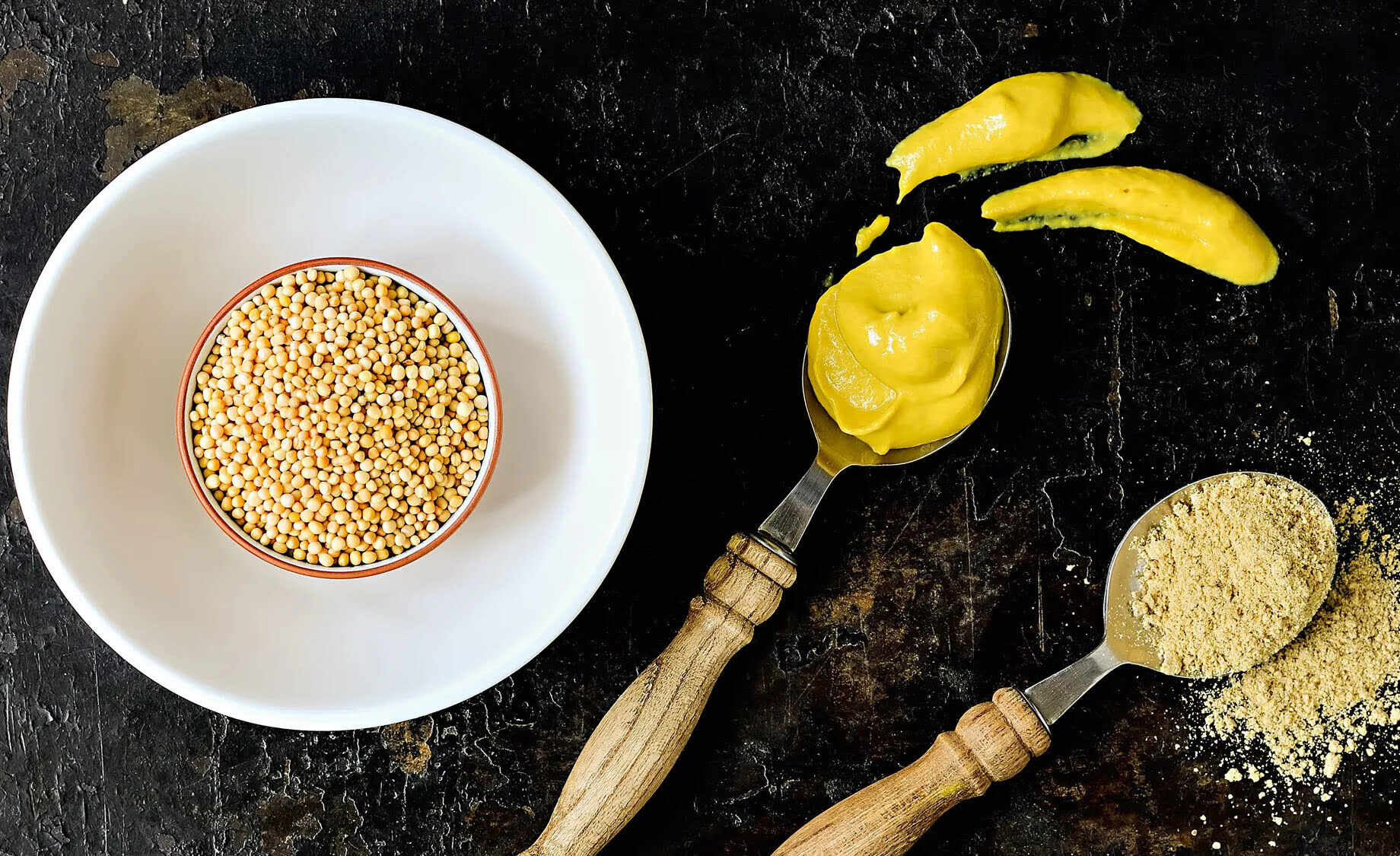
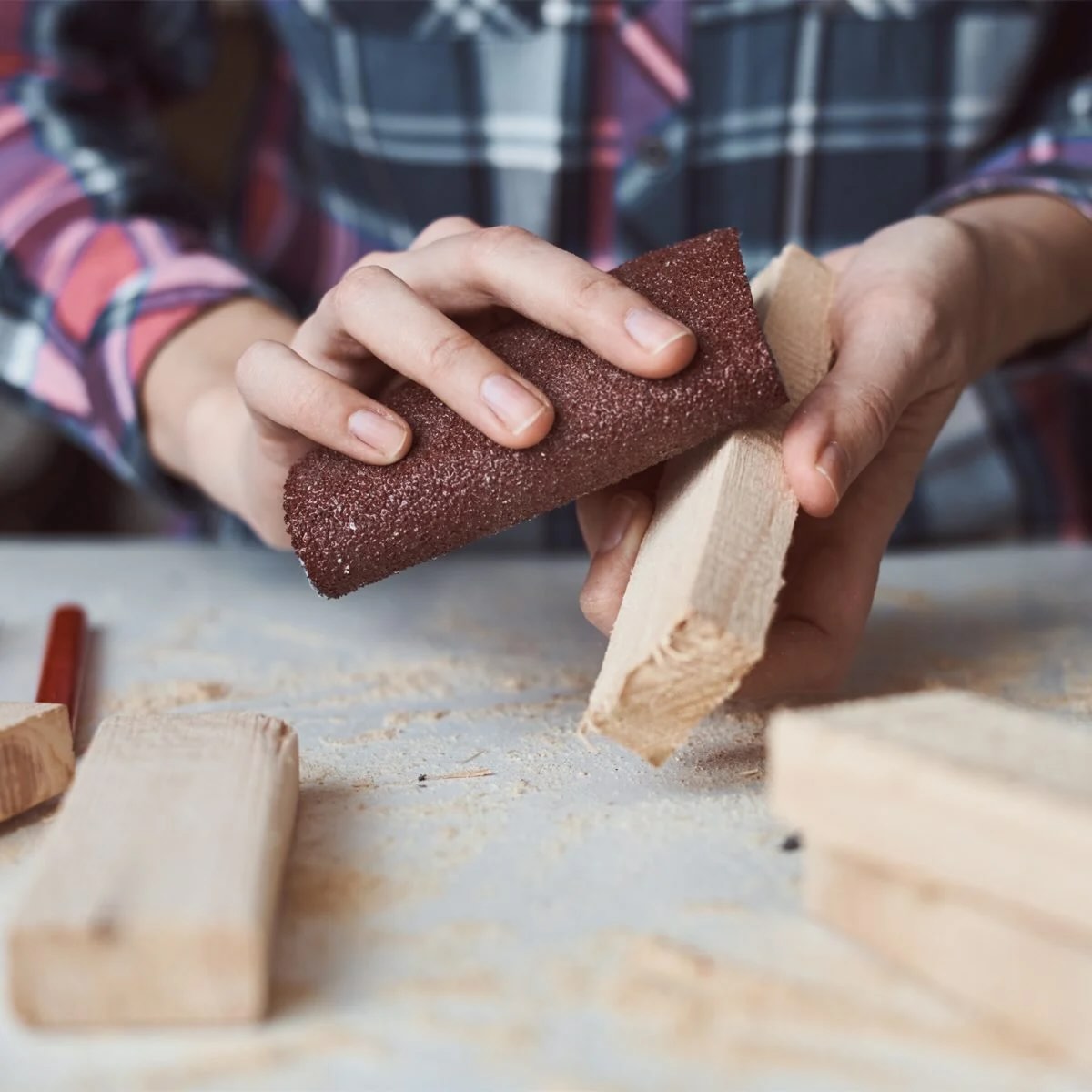
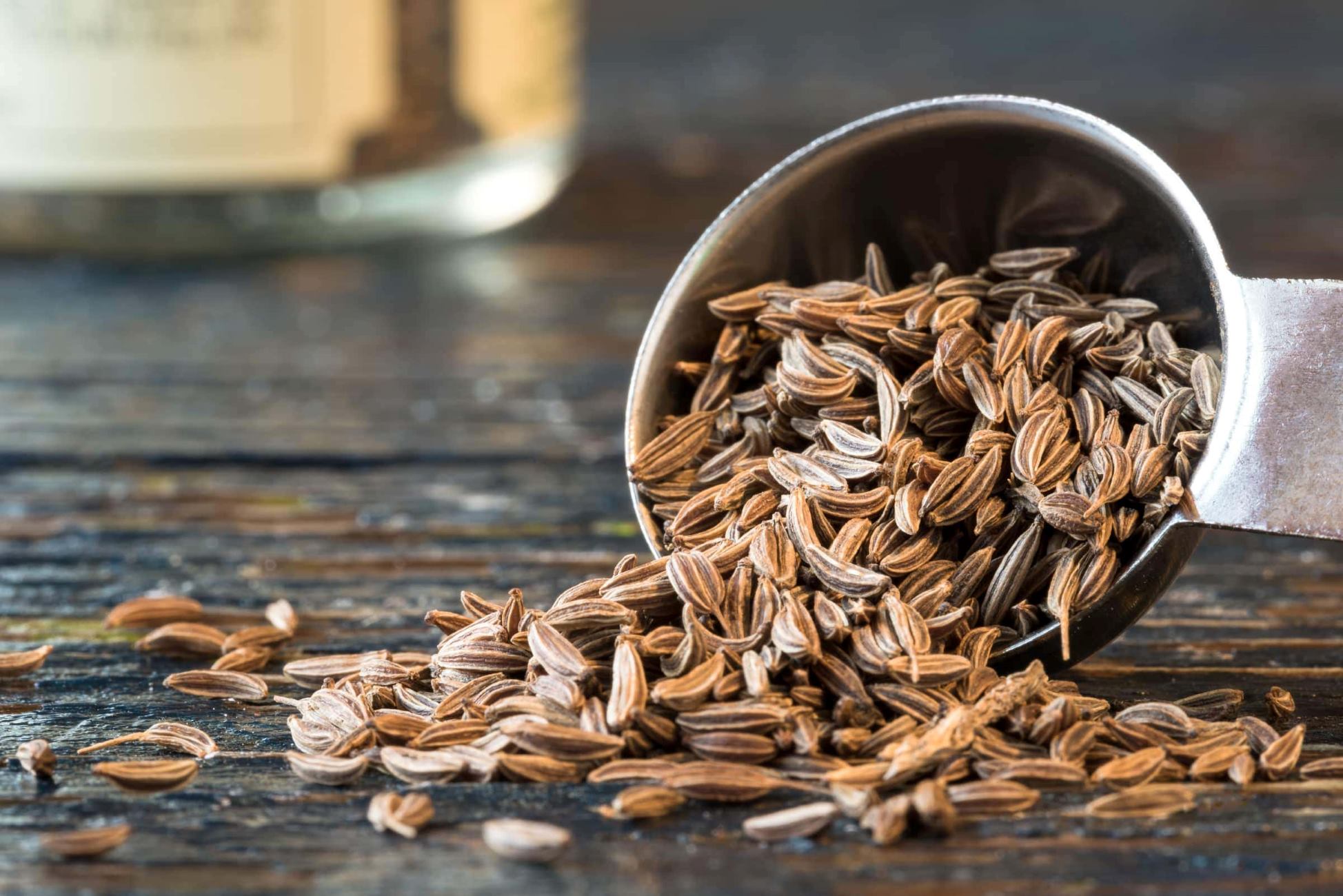
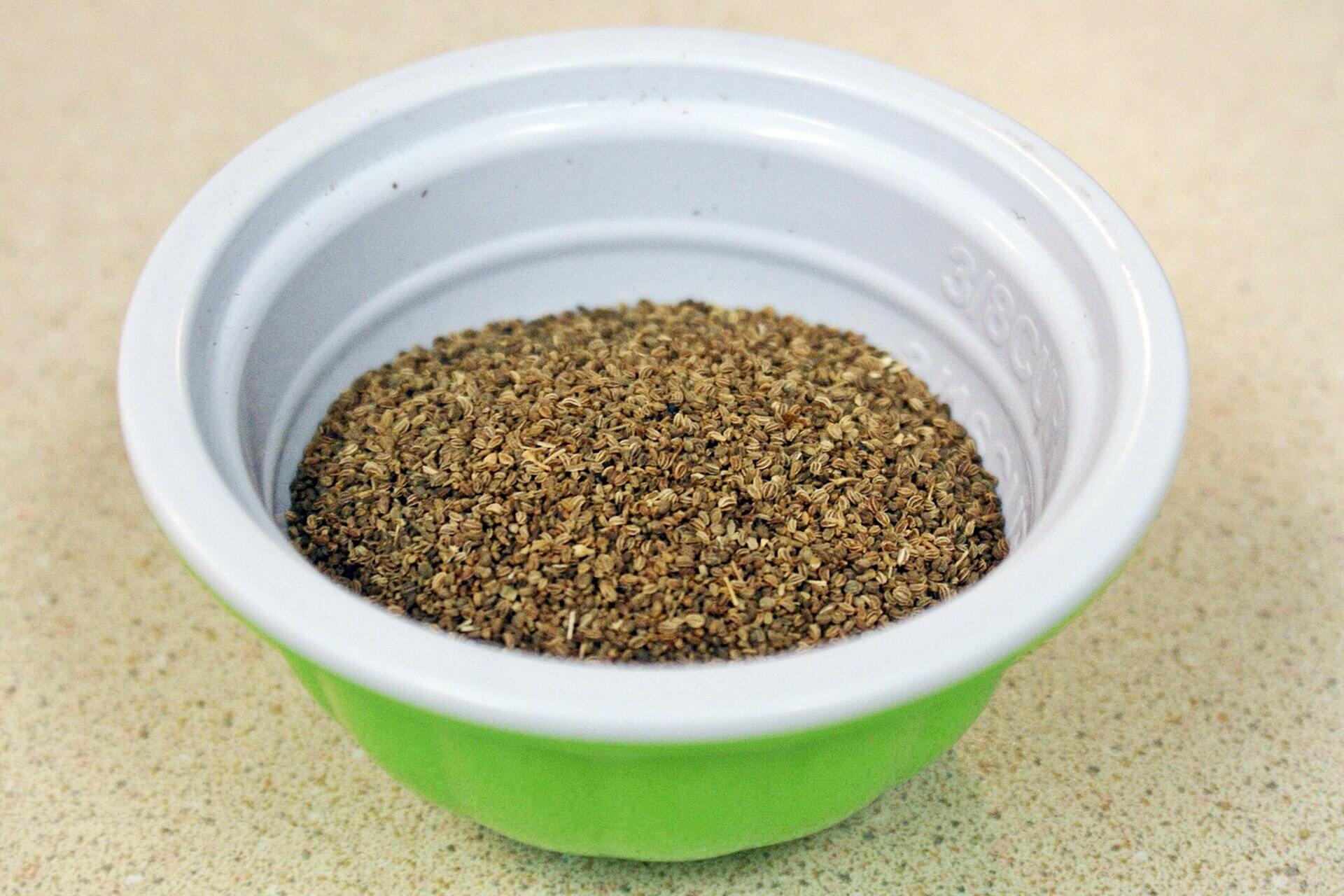
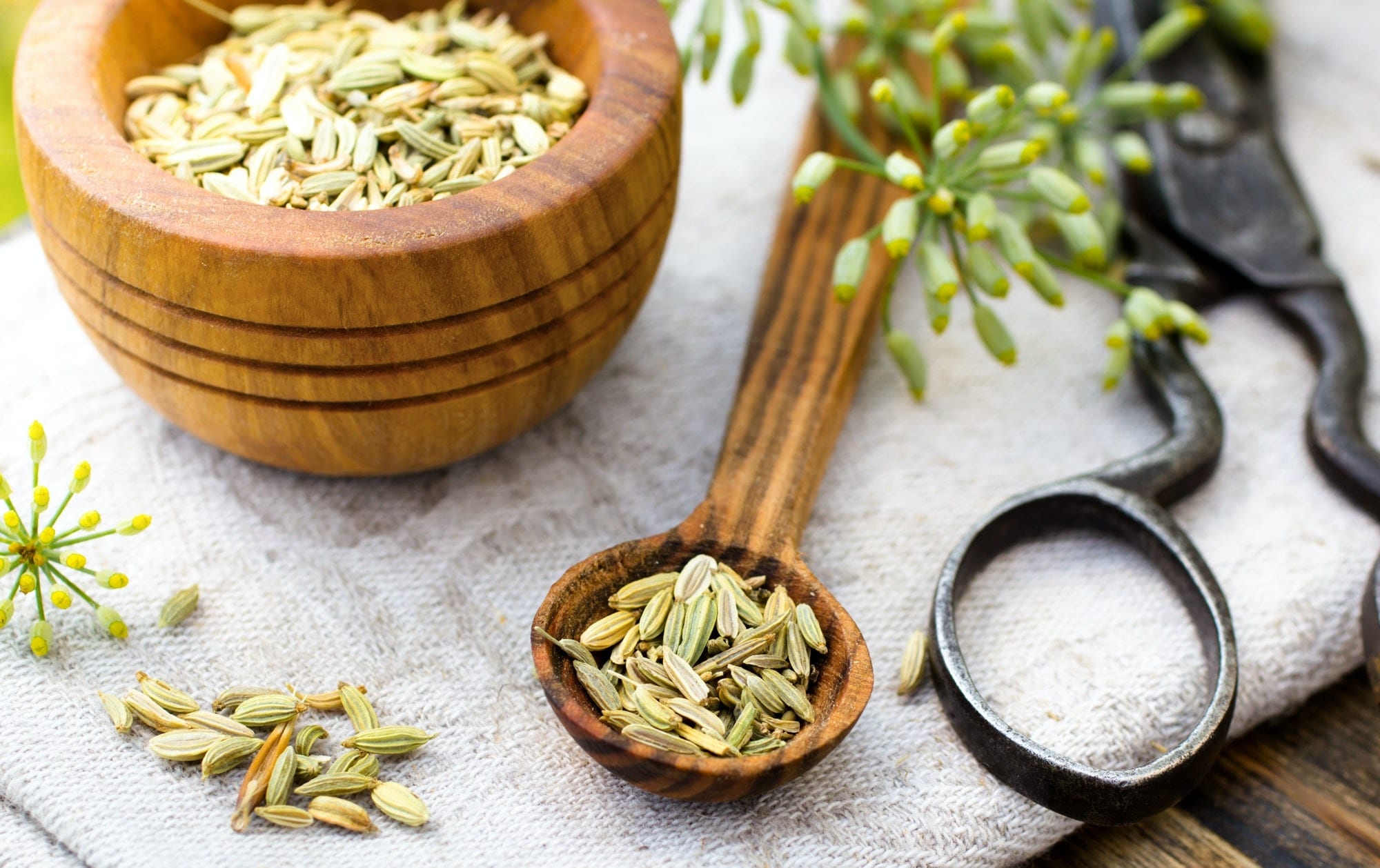

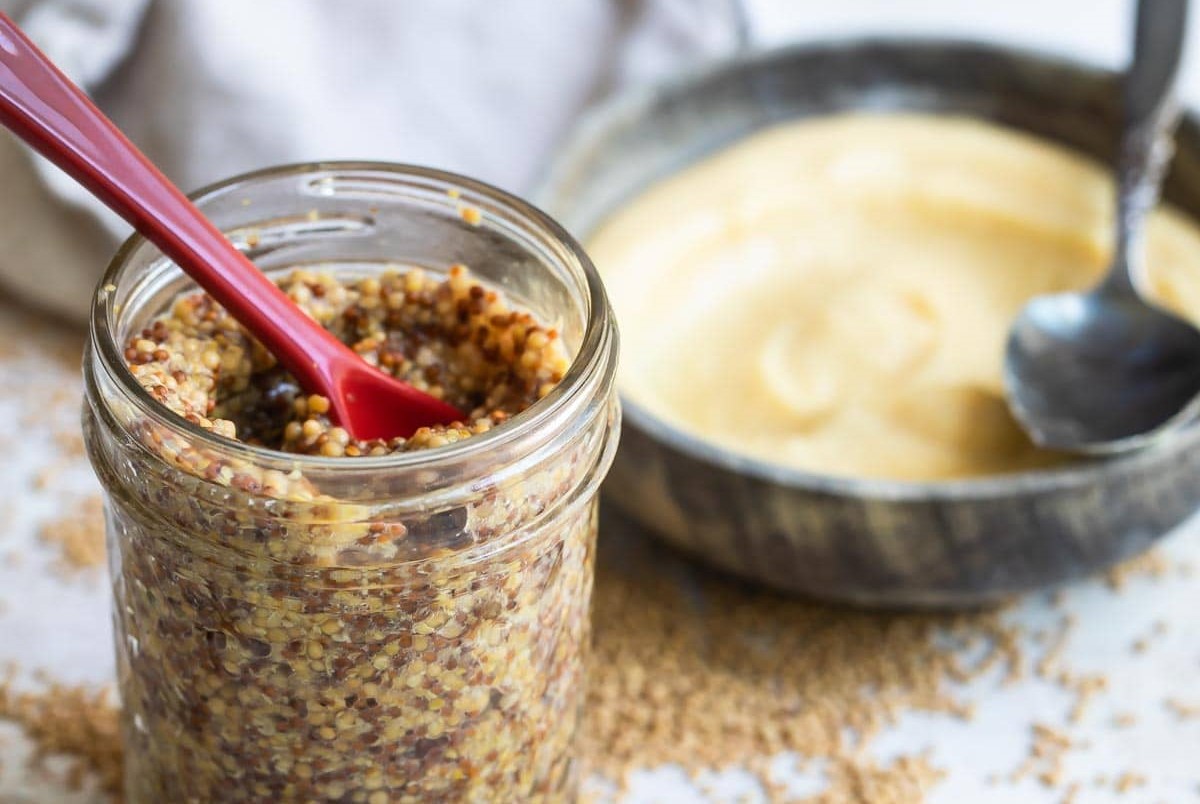
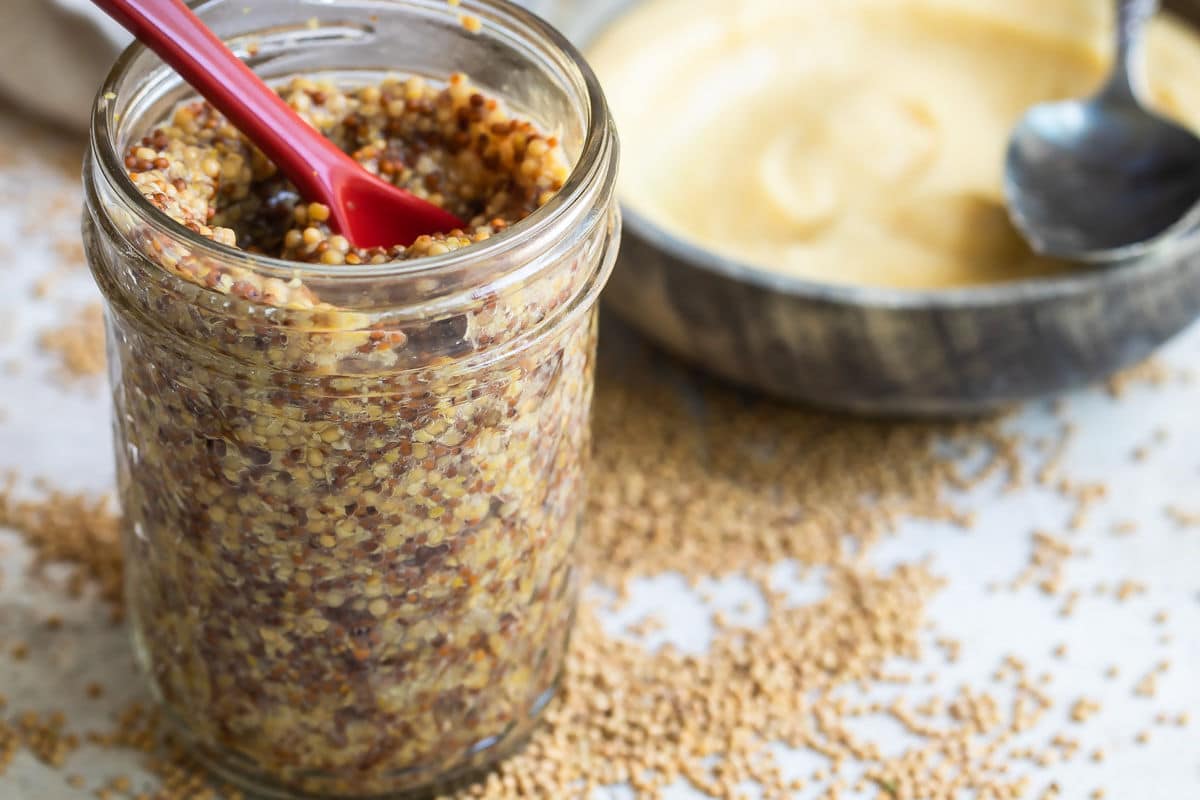
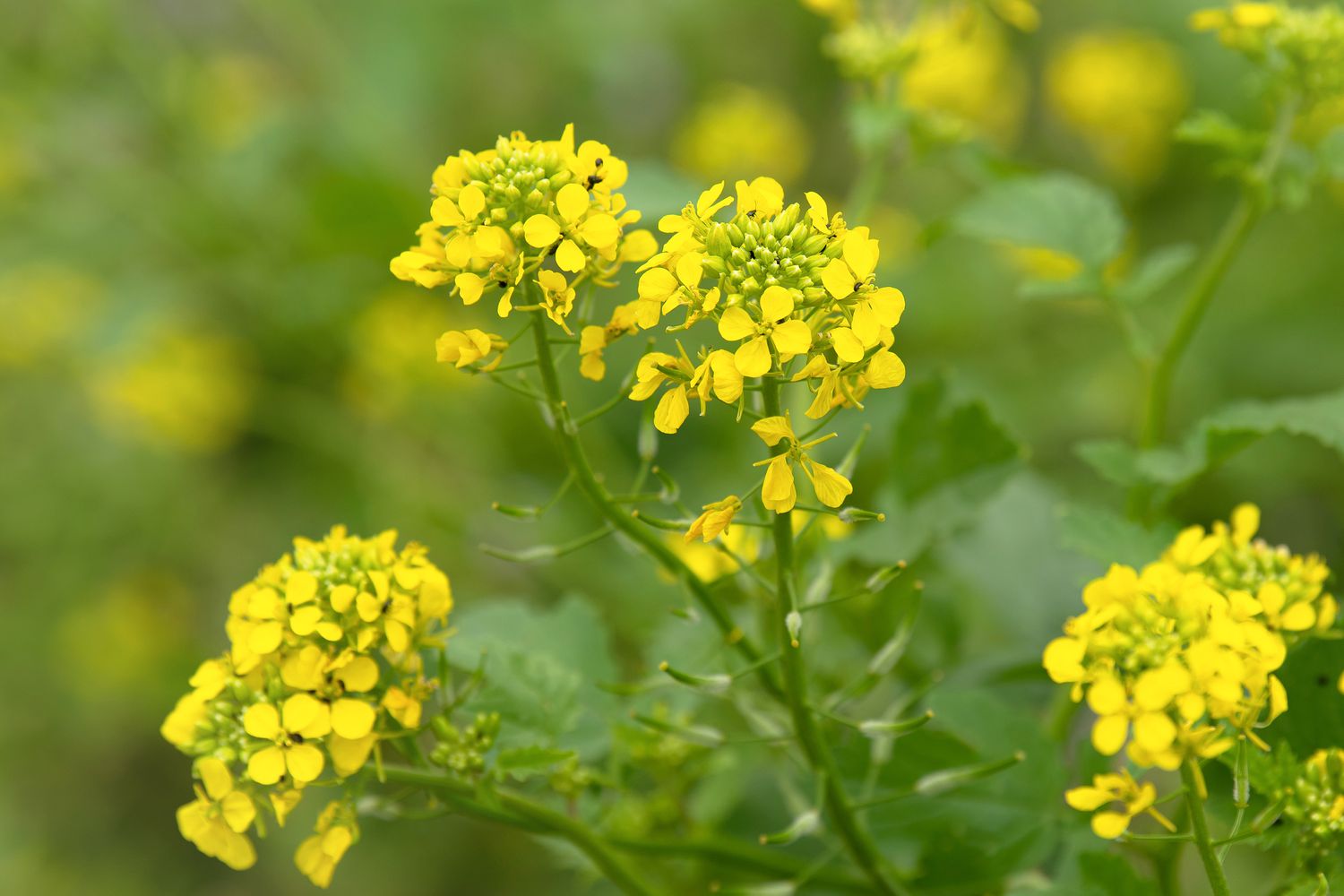
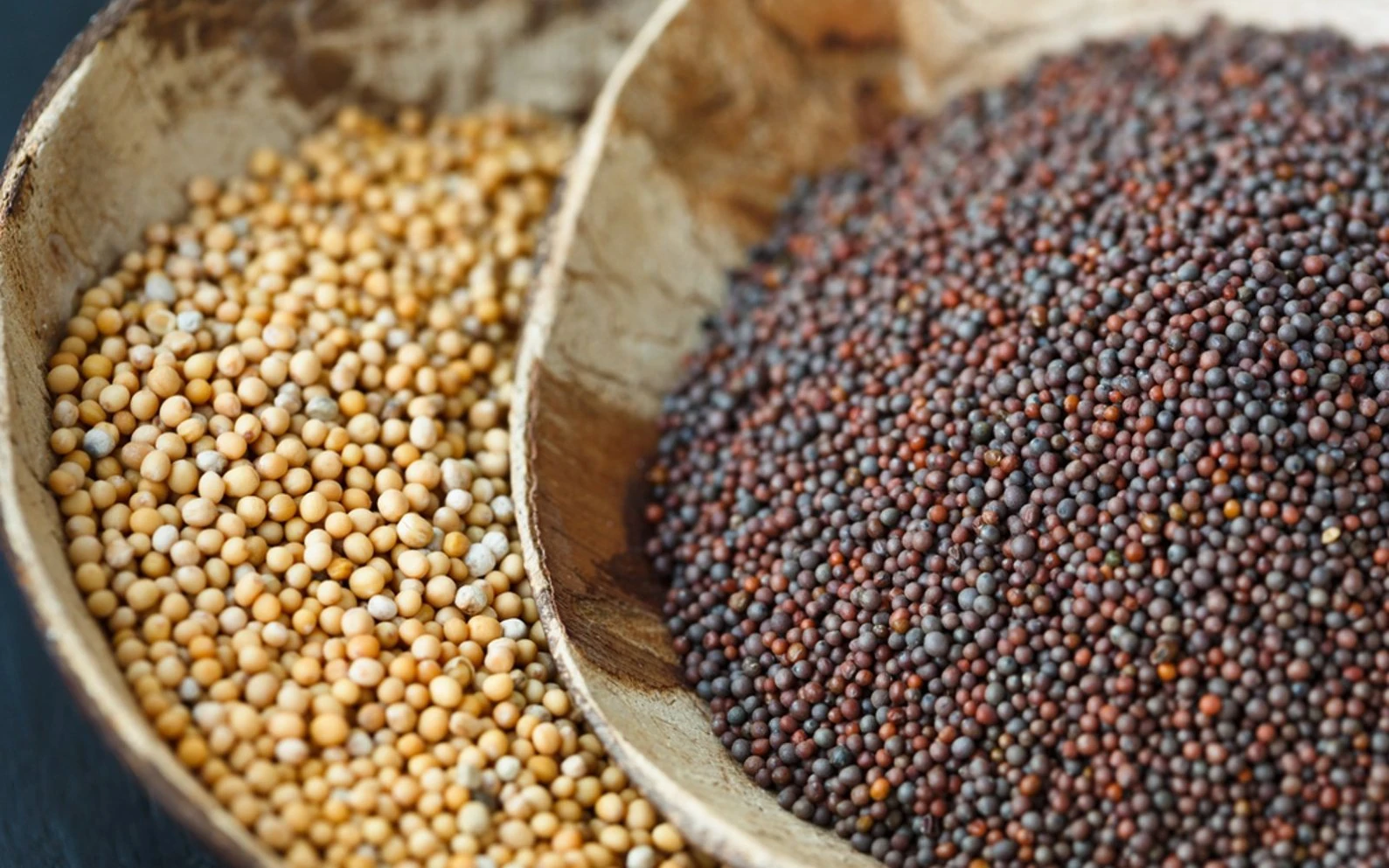
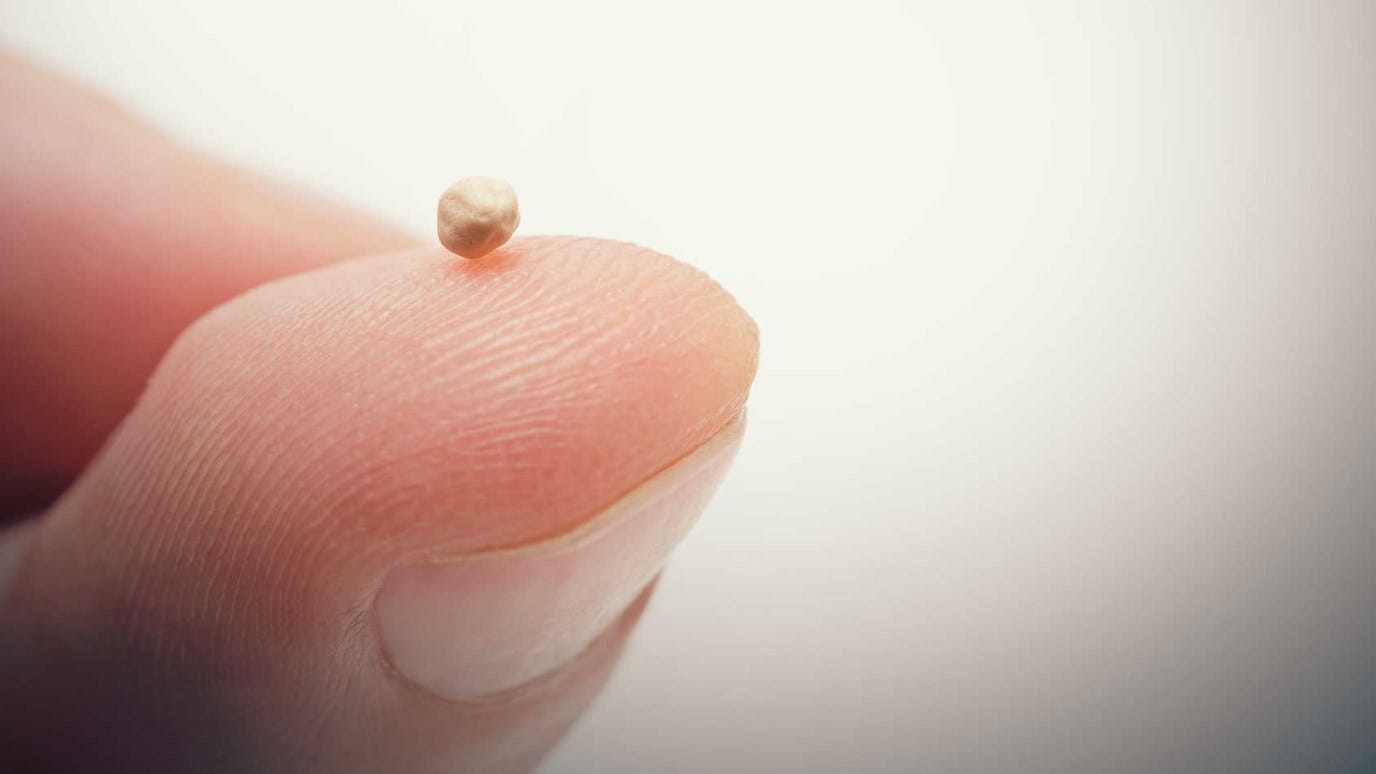
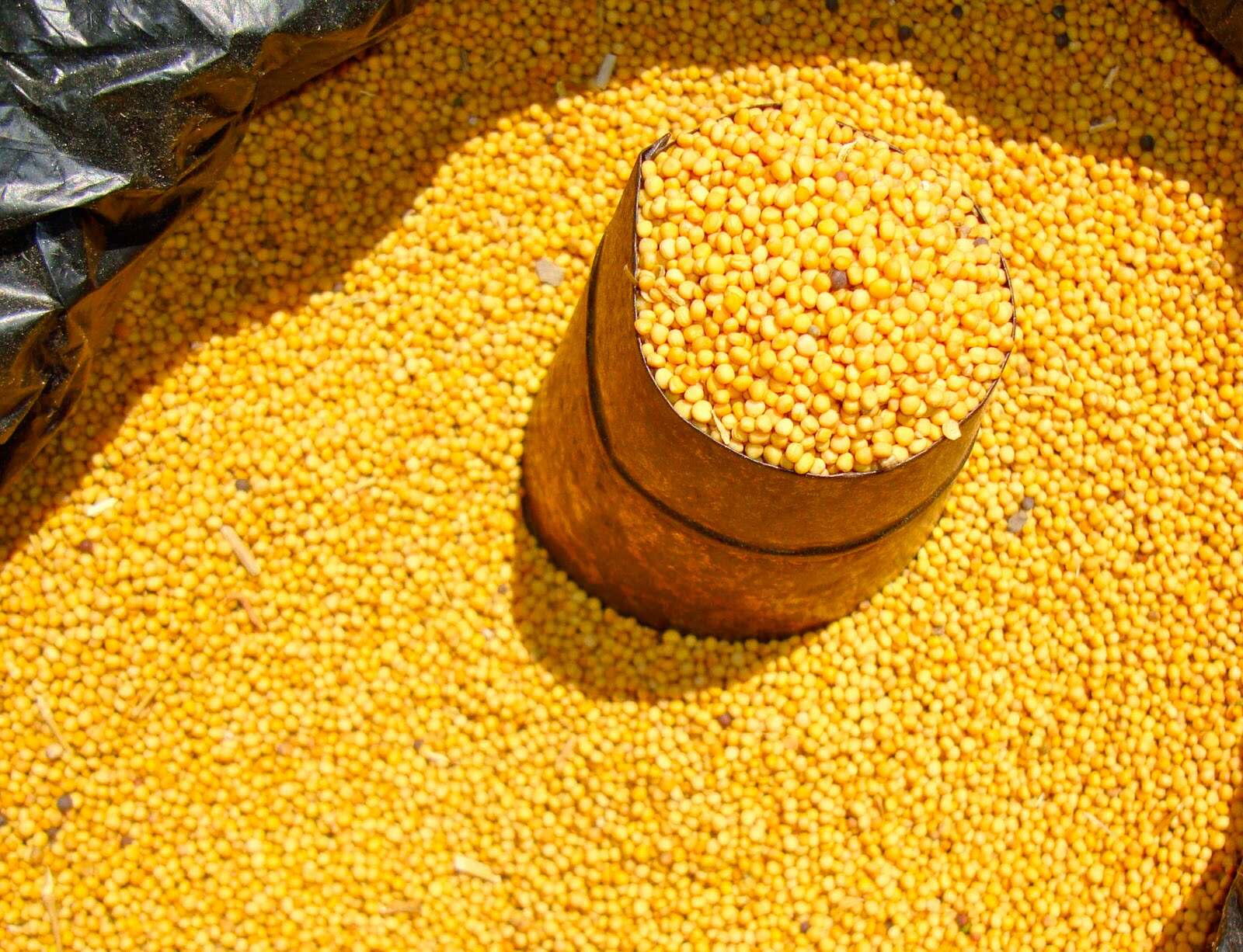
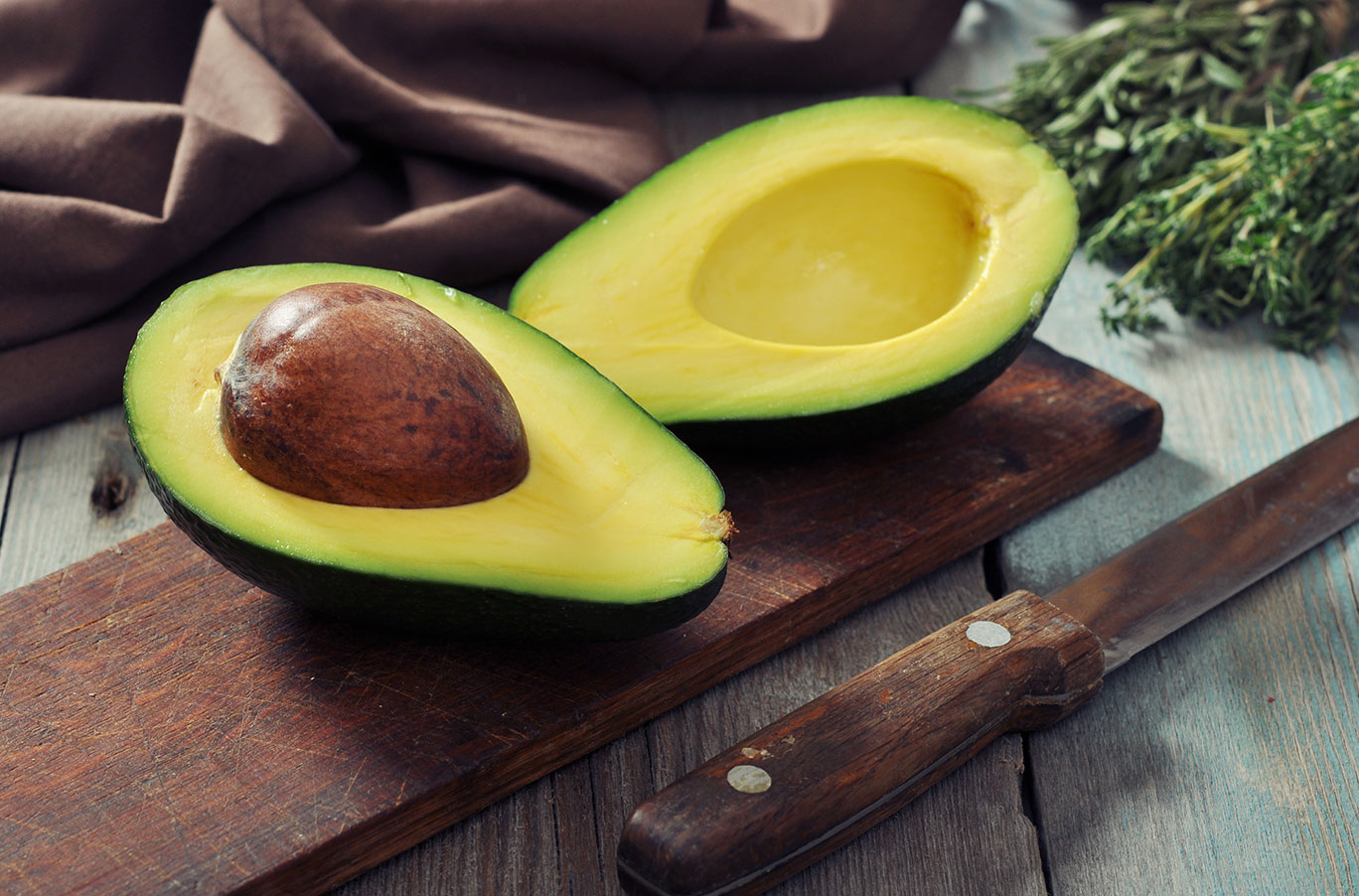

0 thoughts on “What Can I Use In Place Of Mustard Seed”